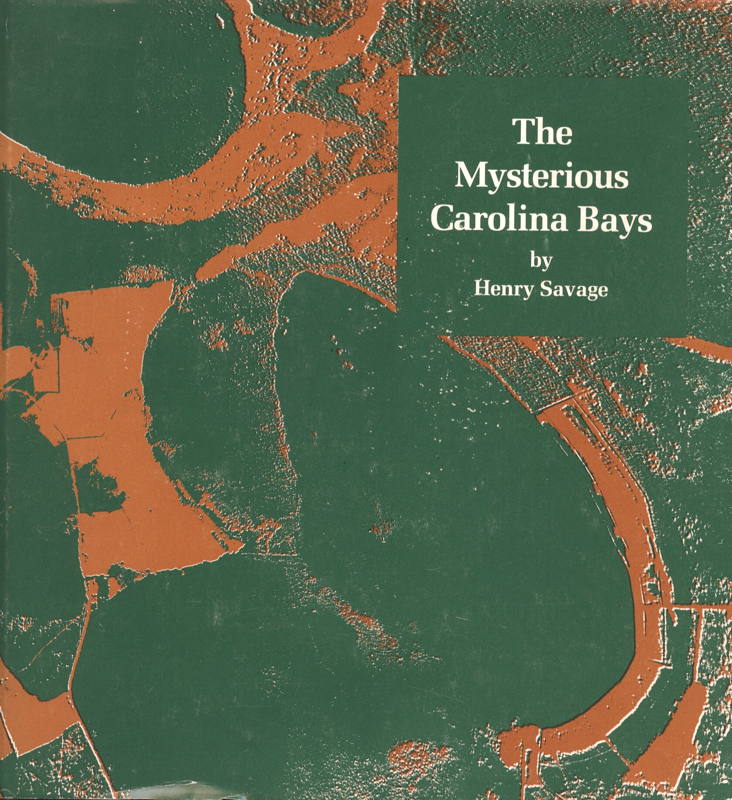The Mysterious Carolina Bays
by Henry Savage
ISBN 0-87249-421-7
The Mysterious Carolina Bays
by Henry Savage
with a Foreword by Donald I. Colquhoun
Henry Savage was born in Camden. South Carolina. In addition to practicing law in Camden and serving as Mayor of that city for 10 years, he has devoted a lifetime to studying and writing about American and South Carolina history and natural history His earlier books include: River of the Carolinas: The Santee; Seeds of Time: the Background of Southern Thinking; Lost Heritage: Wilderness America as Seen through the Eyes of Seven Pre-Audubon Naturalists; and Discovering America 1700-1875.
Foreword
In this book Henry Savage introduces both the general reader and the scientist to the physical, chemical, and biotic characteristics of Carolina Bays, and to the development of scientific thought about their origin. ML Savage`s bibliography will be particularly valuable. As far as I know it is the only published listing that attempts to record everything that has been written about the Carolina bays. What natural event or events created the shallow recesses that we call Carolina bays? I do not wish to endorse the author’s conclusions, for I do not share his certainty that the matter is settled, but I do heartily recommend his book for the way he narrates the history of the slowly developing recognition of the characteristics of the bays, for the story he presents of the disputes and speculations about their origin, and for the interesting and informative way that, with the mind of a trial lawyer, he sifts the evidence and eventually suggests a verdict. Among the various explanations that have been offered for the existence of the Carolina bays two themes have been dominant: “Catastrophists" have envisioned either the uniquely widespread development of artesian springs throughout a very large region or a meteoric collision with the atmosphere and soils of the southeastern United States, while the “Uniformitarianists" have supposed that the explanation must be found in the very gradual effects of soil solution, wind excavation, and waterwave erosion. Many scientists are reluctant to invoke extraterrestrial or extraordinary agents to explain what they believe to be natural phenomena. They prefer to supply scientific methods of investigation to every kind of natural phenomenon without expecting definitive explanations of all of them. Henry Savage’s presentation of the case for meteoric collision, however, is challenging and instructive, In geomorphology-the study of the development of the shape of the earth-processes operating through time are of paramount importance. For Carolina bays whether that time was of short or long duration is the question.
Donald ]. Colquhoun Geology Department University of South Carolina June 19, 1981





